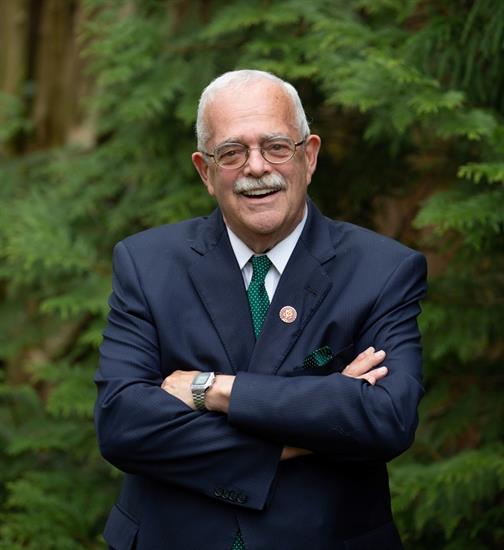Guest column: Change is healthy, even for Rural Crescent
by Kristina Nohe
Three words have been a political cudgel in Prince William County for over 20 years: The Rural Crescent. These 16 letters have pushed residential development east and south, prevented traffic mitigation and ended political careers. They’ve been used to oppose churches, schools and investment – all without being clear about what is being saved and at what expense.
Open space could be preserved through clustering, protective easements and transfer of developmental rights, but those topics are verboten because the mere whisper of them brings out the homemade “Save the Rural Crescent” signs and apocalyptic email blasts prophesying the end of life as we know it. Yet the question remains unasked: Would ending life as we know it in Prince William be a bad thing?
Rural Crescent acolytes point to sweres, roads and businesses as things that should be kept out of this protected space.
However, other things are kept out, too. None of the 31 Title I schools in the county are in the Rural Crescent, and eight of the 10 schools with the fewest free or reduced lunch applications are in or next to the Rural Crescent.
Yorkshire Elementary and Vaughan Elementary each require more assistance to combat food insecurity than nine out of 13 high schools, even though elementary schools are a fraction of the size of high schools. Economic disparity within and outside the Rural Crescent is stark, as evidenced by the fact that 54 elementary schools each individually have more applications for subsidized food than either of the two rural high schools.
The Rural Crescent is not a park; it is not open for use by the people of Prince William. There are not local bus routes in the Rural Crescent, meaning that without a car, there is literally no way to get there. The website for the Manassas National Battlefield Park provides directions for flying a plan to Northern Virginia and then driving from the airport to the Visitor’s Center but goes on to explain that there is no public transit to the park.
According to the Prince William County Department of Economic Development’s website, the median monthly home rental price in our area is $1,713, which may explain why the smallest demographic in our county is 18-to-24-year-olds. If we do not address our lack of affordable housing, there may soon be a market for replacing the mother-in-law suite with kid-can’t-to-afford-to-launch rooms.
In the next eight years, the county’s population is expected to grow by 60,000 people and we will have added about 100,000 new residents by 2040. Despite what some may contend, this is not out-of-control growth, as it is only 2% higher than the statewide average and 3% to 4% higher than the national average. Yes, Prince William is growing faster than some areas – but not by much.
None of this is to say that Prince William should pave over the Rural Crescent, which is the usual hyperbolic response to any call to re-evaluate our land-use policy. Instead, there needs to be discussion about reassessing our county’s 21st-century needs and how best to help all of our residents.
The debate must address the reality that failing to expand industry on undeveloped land means financing our local government with taxes on people’s homes, that maintaining 10-acre lots as private rural sanctuaries mean continuing to backfill already crowded areas, and that preserving personal green space in the west means replacing public green space at eastern schools with trailers to accommodate a growing school population. Simply saying “No more growth” does not address these issues.
Currently, the Rural Crescent discussion is about the PW Digital Gateway, the construction of which would ease the tax burden on families and help balance some of the county’s educational asymmetry. That does not erase the fact that there is a very real cost to its approval, namely in the number of acres preserved in the Rural Crescent.
Nonetheless, stasis is not a healthy option. For decades, the National Forestry Service suppressed all fires until so much brush built up that an uncontrollable conflagration raged across the land. Change is not only inevitable; it is healthy The demand for growth will only increase until it sweeps across the land like the great western fires of the 20th century; only then, it will be too late to discuss how to manage it.
(Editor’s Note: Kristina Nohe, political activist, adoption advocate and homeschooling mom who is proud to be from Prince William County wrote the preceding guest column. The views expressed are those only of the author and does not necessarily reflect the views of the PW Perspective, LLC or its stakeholders. It was originally published on InsideNOVA)



